Family: Cornaceae
Key features: Leaves opposite (passing the "dogwood test), inferior ovary, fruits a drupe, flowers sometimes subtended by showy bracts
Key features: Leaves opposite (passing the "dogwood test), inferior ovary, fruits a drupe, flowers sometimes subtended by showy bracts
Family: Hydrangeaceae
Key features: Leaves opposite with toothed margin, flowers dimorphic (usually) with outer sterile flowers showy and inner fertile flowers not showy
Family: Ericaceae
Key features: flowers usually pendulous, urn-shaped, anthers open by pores
Key features: Leaves opposite with toothed margin, flowers dimorphic (usually) with outer sterile flowers showy and inner fertile flowers not showy
Hydrangea cinerea
Philadelphus deodora
Schizophragma hydrangeoides
Family: Ericaceae
Key features: flowers usually pendulous, urn-shaped, anthers open by pores
Rhododendron obtsum
Vaccinium macrocarpon (cranberry)
Lyonia ferruginea
Agarista populifolia
Maclenia insignis
Key features: carnivorous herbs, leaves modified into pitcher like traps, expanded, umbrella-like style
Sarracenia flava
Sarracenia hybrid
Family: Convolvulaceae
Cuscuta (a parasite)
Ipomoea
Family: Solanaceae
Key
features: many members have poisonous alkaloids, fused sepals, fused
petals (synapomorphy for Asterids), petals plicate (with fold lines),
many ovules and seeds

Capsicum annuum
Solanum lycopersicum (= Lycopersicon esculentum)
Solanum melongena (eggplant)
Solanum tuberosum (potato)
Lycium barbarum
Solanum americanum
Solanum macrantha
Solandra maxima
Physalis philadelphicus
Nicotiana tobacum
Nicotiana sp. (hybrid)
Callibrachoa hybrid
Family: Rubiaceae
Key features: opposite leaves, interpetiolar stipule
Psychotria nervosa
Coffea arabica
Hydnophytum formicarium (ant plant)
Hamelia patens
Pentas lanceolata
Ixora (hybrid)
Oldenlandia corymbosa
Spermacoce
Richardia brasiliensis
Family: Apocynaceae
Key features: opposite leaves, milky sap, corona often present, 2 separate ovaries, but fused style (stylar head)
Nerium oleander
Ceropegia sandersonii
Asclepias curassavica
Plumerica pudica
Huernia zebrina
Orbea halipedicola
Pachypodium greyi
Family: Oleaceae
Key features: opposite leaves, green dots on abaxial leaf surface, 4 petals, 2 stamens
Ligustrum japonicum
Chionanthus retusa
Forestiera segregata
Ligustrum lucidum (Privet)
Olea europea (olive)
Osmanthus fragans
Fraxinus americana (White ash)
Family: Plantaginaceae
Key features: biloculate anthers
Antirrhinum majus
Rusellia equisetiformis
Angelonia (cultivar)
Family: Bignonaceae
Key
features: trees, shrubs or vines with leaves opposite and pinnately or palmately compound, anthers
sagittate and widely flaring, stigma strongly 2-lobed, often foliose and
sensitive, fruit and elongate capsule
Kigelia pinnata
Handroanthus (Tabebuia) umbellata
Bignonia capreolata
Family: Verbenaceae
Key features: stems usually square in cross section, inflorescences indeterminate (most important character to distinguish from Lamiaceae), gynoterminal style, expanded stigma
Alosia gratissima
Duranta erecta
Stachytarpheta sp.
Lantana depressa
Lantana montevidensis
Lantana camara
Family: Lamiaceae (Mint Family)
Key features: stems often square in cross section, flowers in cymes (pseudoverticilate) best character to distinguish it from Verbenaceae), rarely gynoterminal to usually gynobasic style, slender style branches
Leonotis lionurus
Salvia leucantha
Monarda punctata
Rosmarinus officinalis
Mentha spicata


Ocium basilicum (basil)
Plectranthus sp.
Callicarpa americana (beauty-bush)
Family: Apiaceae
Key features: secretory canals containing ethereal oils and resins (carroty odor), sheathing leaf bases with usually compound leaves, inflorescence and umbel, stylopodium (style +/- swollen at base to form a nectar secreting structure atop of the ovary)
Ptilinmium capillaceum (Mock Bishop's weed)
Spermolepis divaricatus
Coriandrum sativum
Anethium graveolens
Daucus carota
Family: Araliaceae
Key
features: like Apiaceae, but usually trees or shrubs!
Aralia spinosa
XFatshedera ("Fatsia")




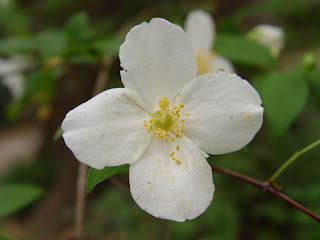







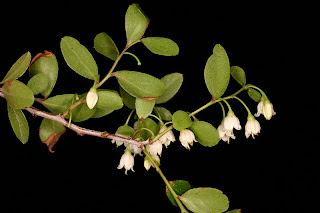










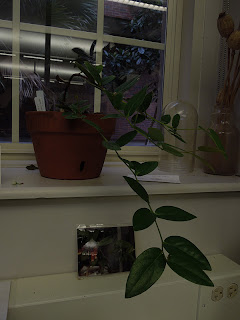





























































































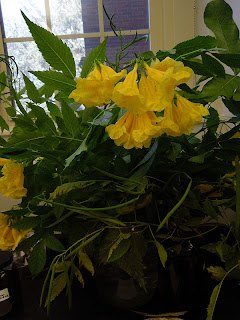



















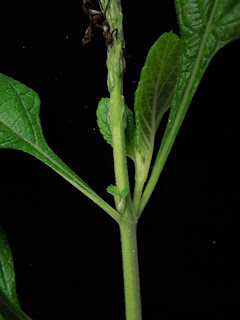














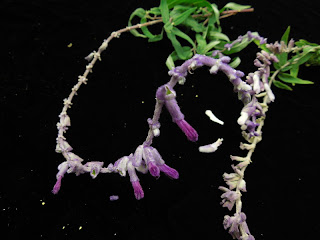


















No comments:
Post a Comment